UCSD’s Earthquake Risk: Outdated Building Infrastructures and The Rose Canyon Fault
Mar 7, 2021
Californians are primed for speculation and fears regarding when the ‘Big One’ inevitably shakes the state. The Big One is characterized by experts as an earthquake of a 7.8 magnitude or above along the San Andreas fault; such an event is likely to be 44 times as powerful as the 1994 Los Angeles Northridge quake, which killed more than 60 people and injured upwards of 9,000.
San Diego’s Risk for a “Scenario Earthquake”
Although the infamous San Andreas fault does not run through San Diego, the web of fault lines across the state is conducive to potential domino effects of foreshocks and aftershocks. [In fact, the 2019 Ridgecrest quakes revealed 20 “previously undiscovered” minor fault lines across the state.] Lying beneath the city of San Diego is the Rose Canyon fault, which, according to the San Diego Union-Tribune, “is larger and more active than scientists once thought.”
The Rose Canyon fault cuts in from the ocean to land in the La Jolla neighborhood, which leaves the UC San Diego campus and community at risk of disturbance by seismic activity. Although the San Andreas fault surpasses this fault line in terms of danger, the Rose Canyon fault is not harmless. In 1862, it produced a magnitude 6.2 quake, and the fault is “capable of producing a 6.9 quake that could damage 100,000 residences in the greater San Diego area and displace 36,000 households,” according to the San Diego Union-Tribune.
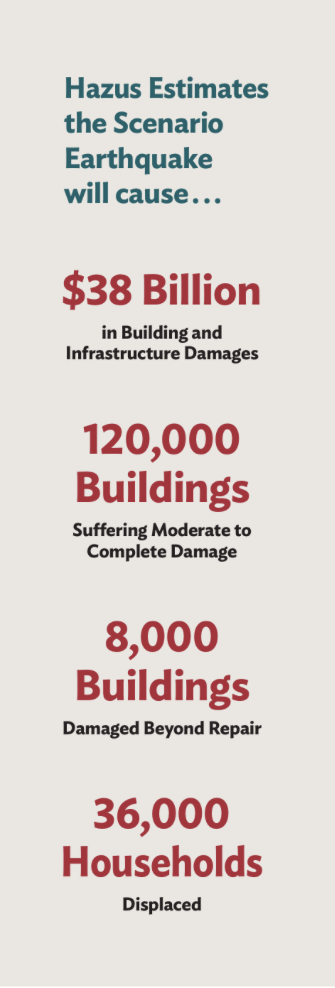
In a 2020 report from the Earthquake Engineering Research Institute Chapter in San Diego, either on or around the Rose Canyon fault, there is an “18 percent probability of a magnitude 6.7 or larger earthquake occurring in the next 30-year period.”
The EERI-San Diego report outlines what would happen to the city in the event of a scenario earthquake. Their ‘scenario quake’ entails a 6.9 magnitude earthquake occurring on the fault.
“Coastal communities, stretching from La Jolla to the Silver Strand, may be cut off from nearly all lifeline utility and infrastructure services,” the EERI-San Diego report reads. “Water, wastewater, and gas line services west of the fault rupture zone are estimated to be out for months.
Further, the Institute estimates significant damage to transportation along the I-5, bridges, the San Diego International Airport, the Port of San Diego, Department of Defense installations, and upwards of 100,000 residential homes.
Emergency responses to fires caused by gas breaks in the scenario quake will be significantly obstructed.
The threat of severe infrastructure damage has influenced San Diego to install stricter building regulations. Drawing upon the Alquist-Priolo Act, the California Geological Survey is outlining development zones expected to be implemented by Summer 2021. The new measures may require developers to provide proof of new structures being a safe distance from the fault.
How Does This Impact UCSD?
At UCSD, more than half of campus buildings pose a ‘serious risk to life’ in the event of an earthquake, NBC 7 reported based on a California internal seismic safety survey conducted from 2017–2019.
For example, York Hall is rated VI on a scale of I–VII, with a score of I indicating a good condition and a score of VII indicating a risk so monumental that the building “must remain unoccupied until upgraded.” Geisel Library is rated V.
For those interested, an online database is available to search the ratings of buildings on the campuses of UCSD, UC Berkeley, UC Merced, UC Davis, and UC Riverside collected from the 2017–2019 seismic safety survey. A PDF of all UCSD building preliminary ratings can be found here.
“I think the buildings we have on campus are really old, so in terms of earthquake preparedness, I don’t know honestly how prepared we are,” Madhu Garimella, a junior in Eleanor Roosevelt College, said. “I think there could be a lot of improvement in terms of that. […] Like Urey Hall is really old, and Warren Lecture Hall is really old, and I feel like if there was an earthquake and I was in one of those buildings, I don’t necessarily know how good that would be — I would feel pretty scared.”
Another student, Nicholas Cirrito, who is a junior in John Muir College, reflected on Garimella’s concerns.
“For me, growing up in California, there’s always been the fear of the ‘massive earthquake,’” Cirrito said, “so I’m not too afraid of them. But, I know that UC San Diego’s infrastructure isn’t that up-to-date in regards to earthquake safety, and I know that with a lot of expansion going on right now, maybe they are putting that into the mix of the conversation, but I know that a lot of older buildings — that if something more were to occur, I wouldn’t want to be inside of them.”
Although UCSD buildings were up to code when first built, the campus recognizes the danger posed by outdated infrastructures and has made efforts to retrofit buildings for greater safety. The chances of the EERI-SD’s scenario quake occurring from now until 2050 is 18 percent.
The three-phase initiative to evaluate every building on campus was scheduled to end on June 30, 2020.
Further, Leslie Sepuka, Associate Communications Director of University Communications and Public Affairs, expanded through email correspondence upon what the initial evaluations demonstrated. The UC seismic retrofitting efforts are focused on public rather than private-sector buildings (e.g., office buildings, shopping centers, etc.).
“Per the September 2019 campus notice on the UC Seismic Safety Program, 519 structures owned or occupied by UC San Diego were evaluated,” Sepuka wrote. “Preliminary results determined that 230 of the buildings will require further evaluation, and another 13 buildings were assessed as a high-priority for correction. Since then, the university has evaluated additional buildings owned or occupied by the university throughout the county and performed further analysis on previously evaluated buildings.”
UCSD has further information available on its Seismic Safety Project webpage.
“UC San Diego, along with other UC campuses, will retrofit, replace or vacate all buildings with significant seismic performance deficiencies no later than the year 2030,” the University states.
UCSD’s efforts to ensure building safety expand beyond the Seismic Safety Project. In addition, UCSD also has a Green Building Program, which is spearheaded by UCSD’s Offices of Design & Development Services and Capital Program Management.
The program is significant because it is committed to the Leadership in Energy and Environmental Design (LEED) Green Building Rating System. The design system’s objective is to foster safety and sustainability in buildings to help create a higher quality of living among communities. Part of this initiative includes building resilience in the event of natural disasters and weather events. In order to meet a level of at least Silver on LEED’s ranking system, the inclusion of Earthquake-Specific design measures is required.
The completed North Torrey Pines Living and Learning Neighborhood is designed to receive Platinum LEED Certification, according to the contractor, Clark Construction. The Theatre District Living and Learning Neighborhood, which is currently under construction, is pursuing Gold LEED Certification.
The campus’s Green Building Program page states that the campus has successfully completed and renovated 38 buildings to be up to LEED standards as of July 2019. UCSD’s 2018 Long Range Development Plan estimated that the campus is home to upwards of 630 buildings.
A few of the renovated buildings include Galbraith Hall, the Canyon Vista Marketplace, the Price Center Expansion, and the RIMAC Annex.
Possible Influential Factors in California Earthquakes
Aside from building updates such as the Seismic Safety Program and the Green Building Program, Garimella worries about how buildings will be able to withstand the severe weather changes bound to occur as the climate crisis continues. She reflected on her experience as a Europe Hall resident when it, along with other housing units, buildings, and parking lots, flooded during a storm in 2019.
“I lived on the first floor, so we had leaks going down from the top of the building all the way down to the first floor,” Garimella said. “So, I just think that’s something to also address in terms of how our buildings are adapting with the times, especially considering that more extreme weather events are going to probably be happening in the future just because of the nature of climate change, and that could also definitely include earthquakes.”
A 2009 Nature study posits that the reduced atmospheric pressure tied to tropical cyclones can make it easier for faults in the Earth’s crust to move and loosen built-up tension. However, the last and only tropical cyclone to bring gale-force winds to California was the Category 1 1858 San Diego Hurricane. While studying the link between the climate and earthquakes is important, the interconnectivity of earth systems makes such an association challenging to quantify: scientists are nowhere near gaining the ability to predict quakes based on climate occurrences.
Another potential influential factor for earthquakes in California is oil drilling. Oilfield wastewater is known to increase earthquake frequency: a recent 2019 Nature study showed that such wastewater is actually penetrating the Earth deeper than originally thought, which increases the frequency of higher magnitude earthquakes. These “frackquakes” used to pertain mainly to Oklahoma and Kansas; however, a UC Santa Cruz researcher associated a 2005 swarm of earthquakes in the Central Valley with wastewater disposal activity, although rare in frequency when compared to tectonic seismicity.
In light of potential scenario earthquakes in the future, outdated infrastructures, and other possible concerts, it is important to remember: in the event of an earthquake, duck, cover, hold, and stay inside.
For earthquake preparedness tips, visit UCSD’s guide to practicing earthquake safety and consider creating a disaster supply kit.
Photo courtesy of Mario Tama for Getty Images. Graphic courtesy of EERI-SD 2020 Earthquake Report.


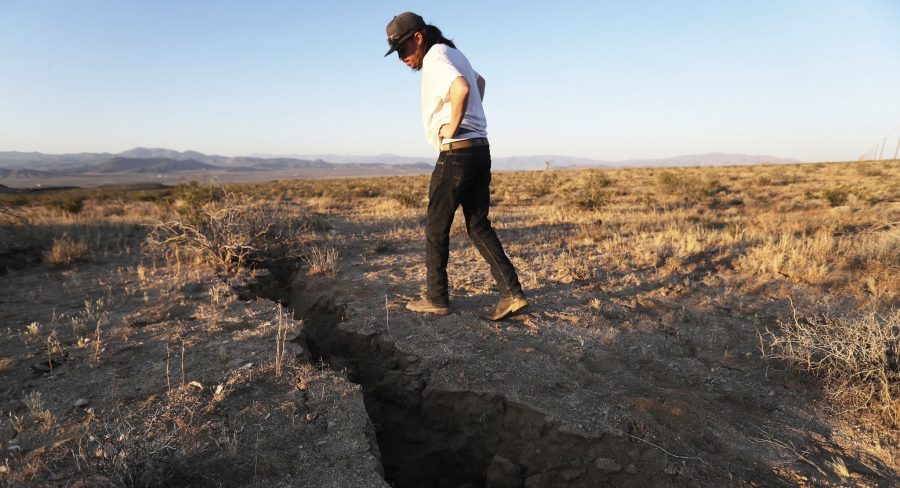


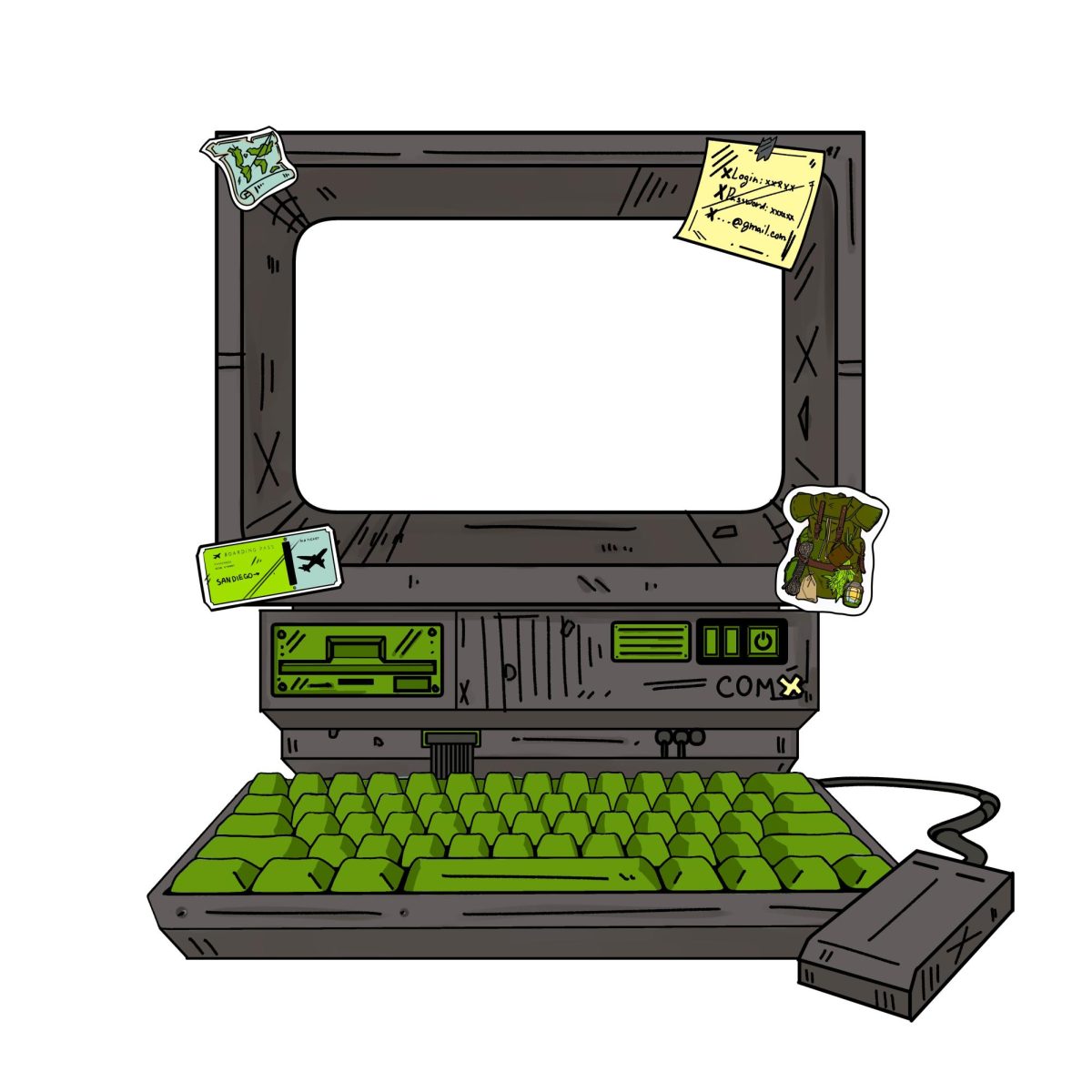



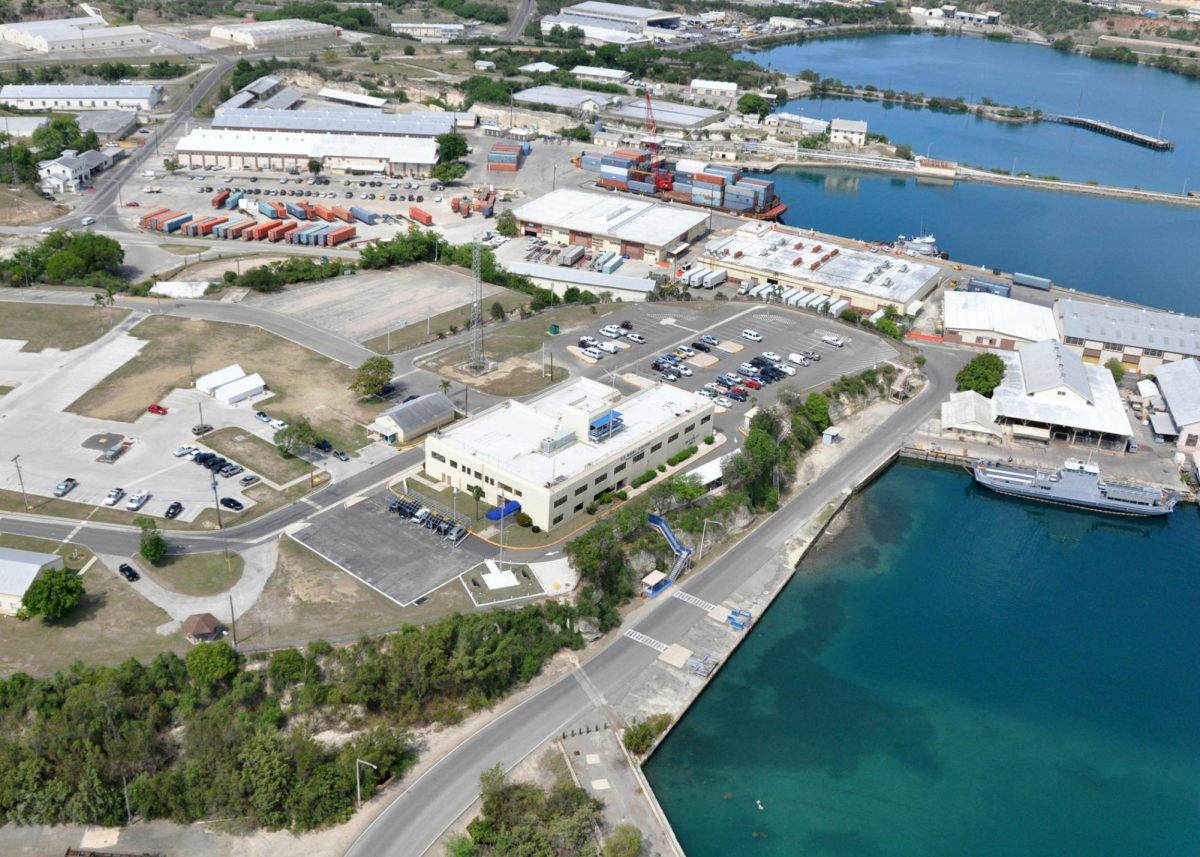

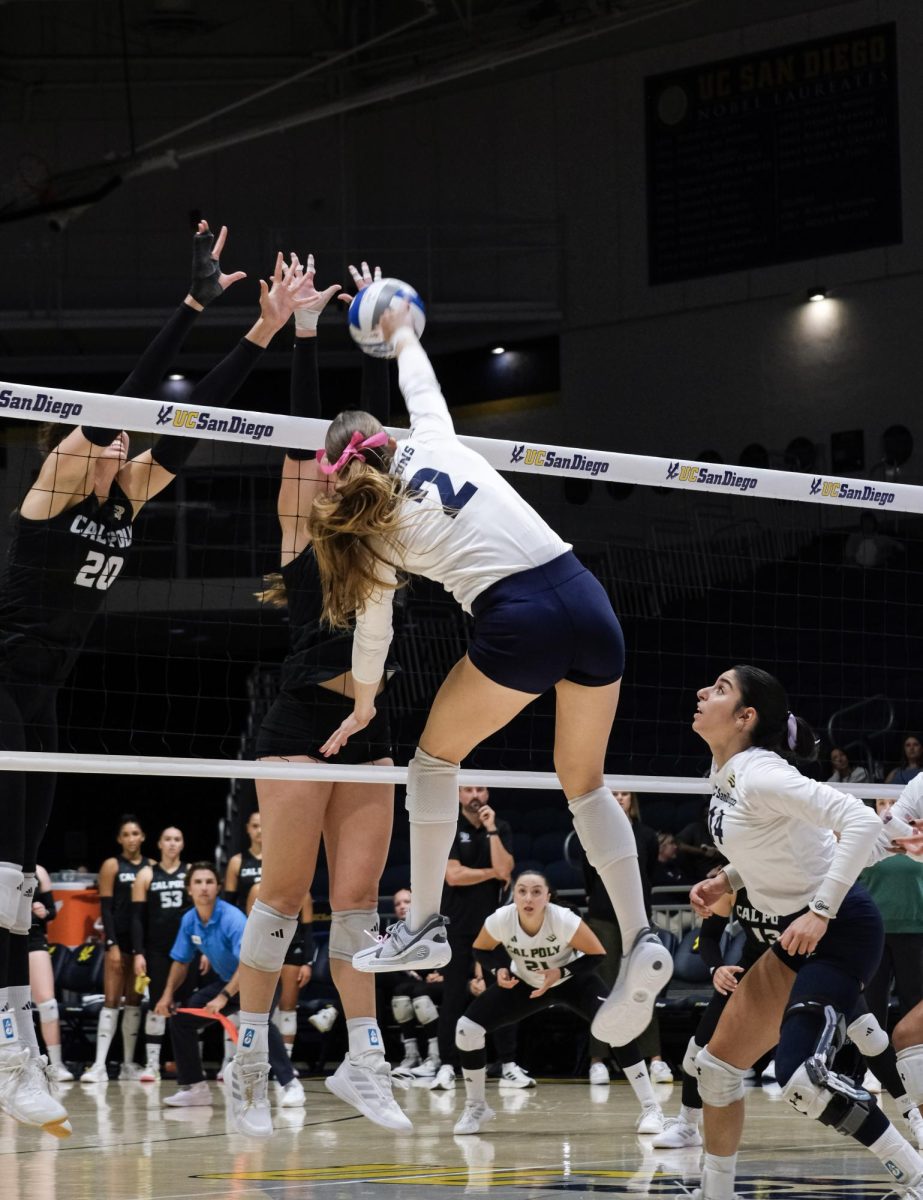




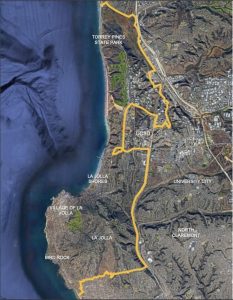
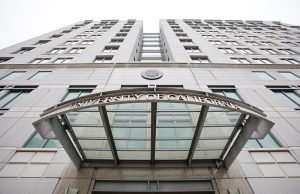
Adam • Mar 23, 2021 at 5:58 am
You are right, often the infrastructure suffers from such cases. I think there are now many private construction companies that can help. Moreover, now there are projects such as https://southlift.com/ that can help buy or rent the necessary construction equipment
Bill Elliott • Mar 18, 2021 at 7:44 pm
3-18-2021 Dear Hon. Ed.
I find it a little unprofessional to quote a local newspaper, the Union-Tribune, for purposes of pedling frightening news that a damaging earthquake might disrupt our lives in not too distant the future. It would be much more professional to quote the original source, rather than what is written by some journalist with questionable, if any, scientific training.